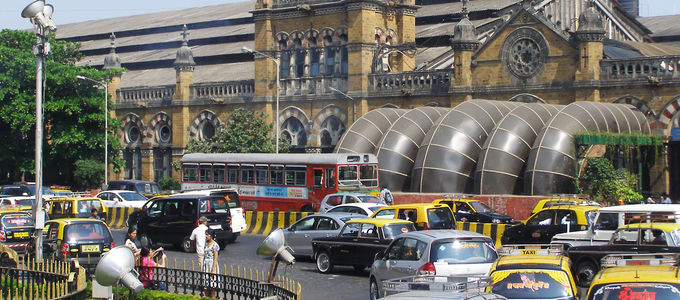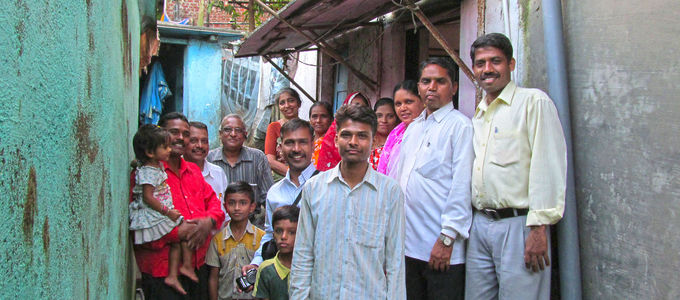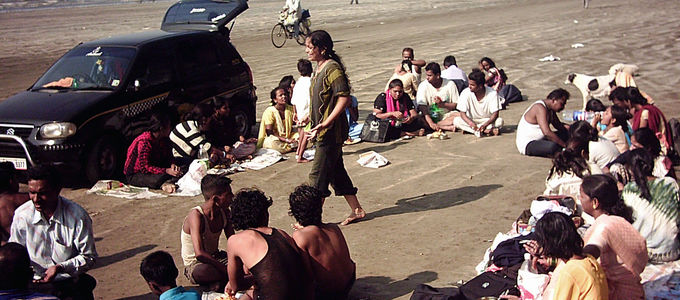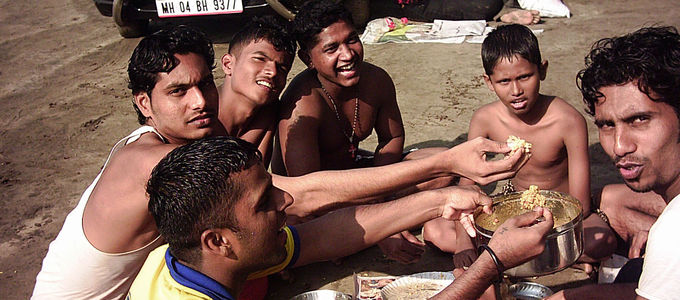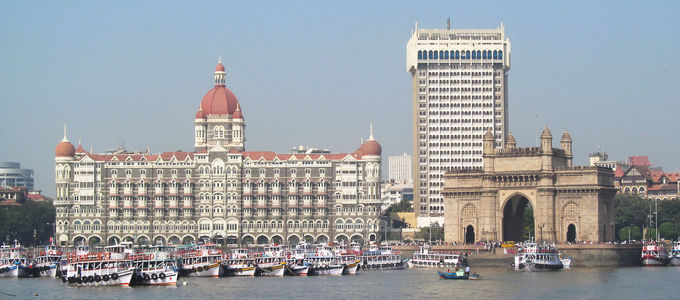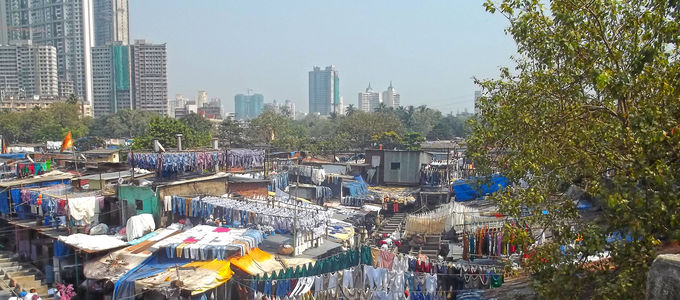
“We have eleven congregations in the city with about 500 active members,” District Apostle Helper David Devaraj says. When he says “city” then he is talking about an area of 600 square kilometres. Mumbai is big, yes, and life there can be quite challenging.
New Apostolic life in this part of India is vibrant, just like life in general here, the Apostle says, who is responsible for the pastoral care of New Apostolic Christians on the subcontinent. “The typical New Apostolic Indian will feel at home in any congregation, even though there are many cultural differences.”
In Mumbai, he says, caste and creed are not a big issue as they are in smaller towns. Everyday life in Mumbai is for the resilient. “The people have to be tough and street smart to live there.”
The economic strata in the city is very broad. Rich and poor have the same command. One has money, the other has nothing, and both are ready to do anything, literally anything. The middle class are squashed in between and have the least clout. “Our members are from the poor to middle class, the ‘sandwich group’.” Everything is moving up, though.
Not nearly enough room, but plenty of heart
Mumbai, formerly Bombay city, is India’s most populous city: 18 million people live in Greater Mumbai. Some say that the population is 20 million. But nobody can say for sure. Either way, Greater Mumbai is one of the five largest urban centres worldwide. Already the city proper has a population of 12 million.
Mumbai is a crowded place, with space being the main luxury. The average middle class family has to cram into so-called chawls, which are basically four walls with a roof over your head. Most of these homes have a mezzanine as well to increase floor space. Joint families and friends share the space for lack of anything else. “In short, if one wants to learn how to live big in small places, Mumbai can teach you a lot of tricks. A one-thousand square foot apartment would mean you are fairly wealth.”
Many of our members are labourers; they live from hand to mouth. A few are office workers, postmen, clerks, taxi and rickshaw drivers, or maids. “Although spiritually rich, none of our members come from the wealthy upper class. With the little they have, and within their means, they strongly support the Church in India financially.”
Mumbai – Bombay
Bombay was renamed Mumbai on 12 August 1996, whereby the name “Bombay” is still familiar. Today, Mumbai is the commercial and financial centre of India. But Mumbai is so much more: Bollywood, cricket, and double-decker busses. In Mumbai the old and the new exist side by side, and the city has huge slums.
Dharavi, the largest slum in Asia, can even be toured for a small amount of money. Half of the city’s population live in slums. And hygiene and sanitation are often questionable. During the monsoon, when it rains for four months, there is often flooding and the litter problem can cause the outbreak of disease.
Mumbai is a huge city. Anyone who lives here knows what life is all about.






